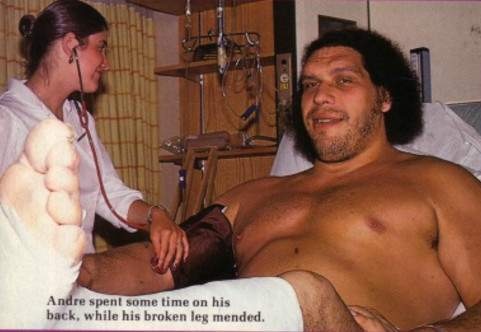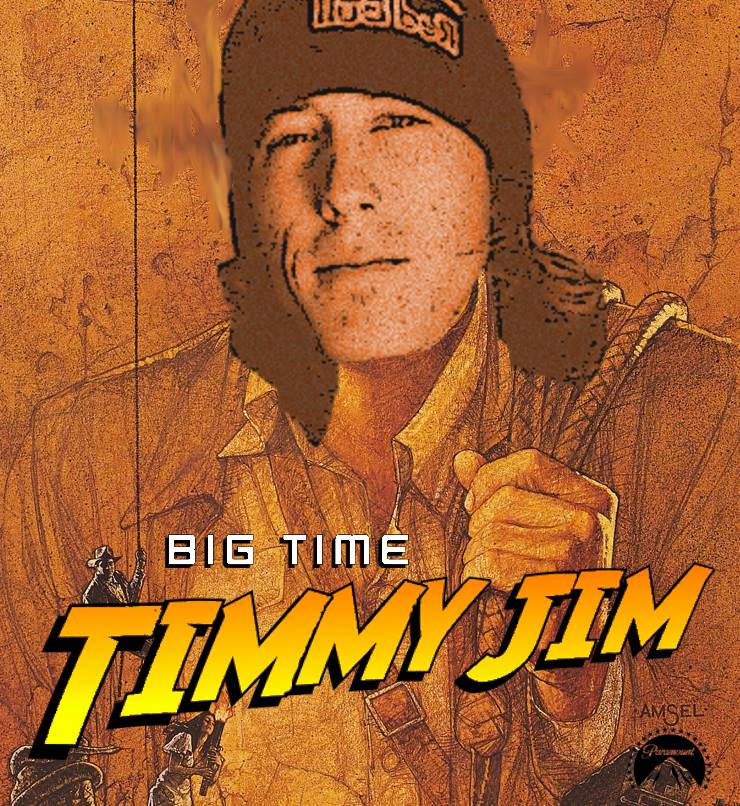 Barnard 68 is a molecular cloud, dark absorption nebula or Bok globule, towards the southern constellation Ophiuchus and well within our own galaxy at a distance of about 500 light-years, so close that not a single star can be seen between it and the Sun.
Barnard 68 is a molecular cloud, dark absorption nebula or Bok globule, towards the southern constellation Ophiuchus and well within our own galaxy at a distance of about 500 light-years, so close that not a single star can be seen between it and the Sun.
I’m feeling nostalgic, maybe prematurely, about 2012. This could have something to do with the fact that the world is ending in December, but regardless, these days I find myself paging desultorily through the year-end stats, looking for rhyme or reason, mostly. And also for therapy following another soul-flattening Braves playoff collapse, but that’s another story.
So here is something I noticed. It’s about Mike Trout, who was good this year, as you may have heard. How good? Well, offensively, about 75% better than league average, if you’re down with wRC+. That’s good, and in fact, it made him the best offensive player in baseball (not to be confused with the most offensive player in baseball, which is Delmon Young). But last year, Jose Bautista was 81% better than league average. Also, Ryan Braun was 78% better, and Miguel Cabrera was 77% better. The year before that, Josh Hamilton was 76% better, and the year before that, Albert Pujols was 82% better. In fact, you have to go back to 1999, the year that Barry Bonds blew an elbow and missed two months, to find a league leader who stood out less from his league than Trout did from his. Before that, you have to go all the way back to 1988.
Maybe you’d prefer to break it down a little further, since Trout got his offensive value in a few different ways. By stealing bases, for example. As it happens, his 49 SB’s was the second-lowest league-leading total since 1963. Purely as a hitter, according to Baseball-Reference’s park-adjusted OPS+, Trout was 71% better than league average; Buster Posey edged him out at 72%. Posey’s mark is the lowest league-leading OPS+ in 24 years. Care for more traditional stats? Posey’s league-leading average of .336 was the second-lowest since 1990; Joe Mauer’s OBP of .416 was the lowest since 1984; Cabrera’s SLG of .606 was the lowest since 1991. And Trout’s WPA of 5.32 (again, tops among qualifying hitters) was the lowest in 60 years! The last guy to lead the league in WPA with a number smaller than 5.32 was Jackie Robinson!
OK, so it wasn’t a great year for batsmen. We know we’re in a pitcher’s era. Plus, 2012 was just fluky. Look at the Hall of Fame-caliber hitters around the league: most of them — Pujols, Rodriguez, Bautista, Ortiz, Ichiro, Votto, Kemp, Gonzalez, Berkman (and to a lesser extent Fielder and Hamilton) — endured disappointment thanks to injury, slump, and/or adjustment to a new league. That left plenty of room for upstarts like Trout, Posey, and Andrew McCutchen to crowd the leaderboards. You say coincidence; I smell a rat. I wasn’t born yesterday. Anyway, that first page of the Fangraphs 2012 batting board has the least celebrity wattage of any I can remember. The pitching board, on the other hand —
Well, never mind. 2012 was kind of fluky for pitchers too. Several stars — Halladay, Lincecum, Santana — had really disappointing seasons. A bunch of others — Greinke, Hernandez, Lee, Sabathia, Weaver, Johnson — had good seasons, but certainly not their best. Justin Verlander had a very good season: according to FIP-, he was the best pitcher in baseball, 30% better than average. But that doesn’t sound that impressive, really. How far back do you have to go to find a less impressive league leader? Holy crap, 1976.
Pick just about any skill in baseball, and in 2012 there just wasn’t anyone who was all that outstanding at it. Anytime anything good happened, odds are that someone unlikely was responsible. Look at some of the guys we’ve been talking about this year. Kris Medlen. Melky Cabrera. Jim Johnson. Philip Humber. Homer Bailey. Aaron Hill. Chris Davis. R.A. Dickey. Ben Sheets. Josh Reddick. Lance Lynn. Chase Headley. If someone had told you in March that that set of dudes would be getting this kind of ink, you’d have laughed in their face and then located the nearest exit.
If I were (God forbid) inclined to the Grand Narrative, I might say that 2012 was the Year of the Everyman. Or the Year of Thwarted Expectations. I’m not going to say that. But here’s another factoid, because I’m not tired yet. Of the top 20 hitters (by WAR) in baseball this year, only five of them were in the top 20 last year. That’s tied for the highest year-to-year turnover rate ever. I checked. (And only one of those five, Miguel Cabrera, was also on the list in 2010.)
So what’s going on? Is 2012 just a blip, or is our current star-starved state the beginning of a new world order? Are the days of Bonds and Pedro behind us? Along with the days of wine and roses?
I don’t know, but in the spirit of a Mayan codex, I offer these graphs, which I’m quite sure offer a clue of some sort. They represent, respectively, the standard deviation of all qualifying hitters’ wOBAs for each year, and the standard deviation of all qualifying pitchers’ FIPs for each year. But what do they mean? Discuss. Discuss!













